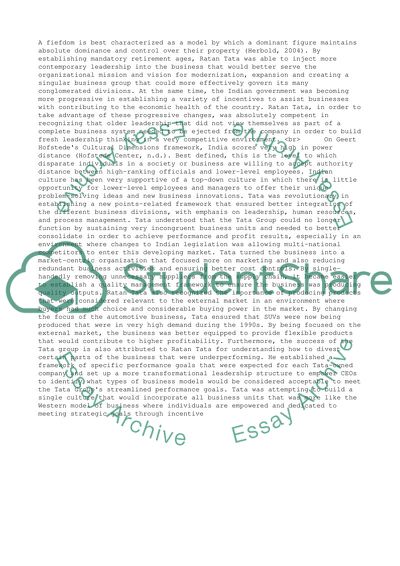Cite this document
(“Case Analysis: The Tata Group Study Example | Topics and Well Written Essays - 1500 words”, n.d.)
Retrieved from https://studentshare.org/management/1478478-case-analysis-the-tata-group
Retrieved from https://studentshare.org/management/1478478-case-analysis-the-tata-group
(Case Analysis: The Tata Group Study Example | Topics and Well Written Essays - 1500 Words)
https://studentshare.org/management/1478478-case-analysis-the-tata-group.
https://studentshare.org/management/1478478-case-analysis-the-tata-group.
“Case Analysis: The Tata Group Study Example | Topics and Well Written Essays - 1500 Words”, n.d. https://studentshare.org/management/1478478-case-analysis-the-tata-group.


